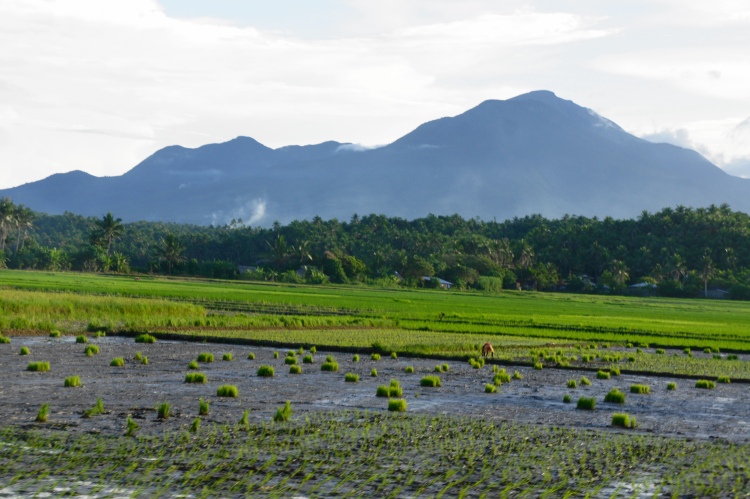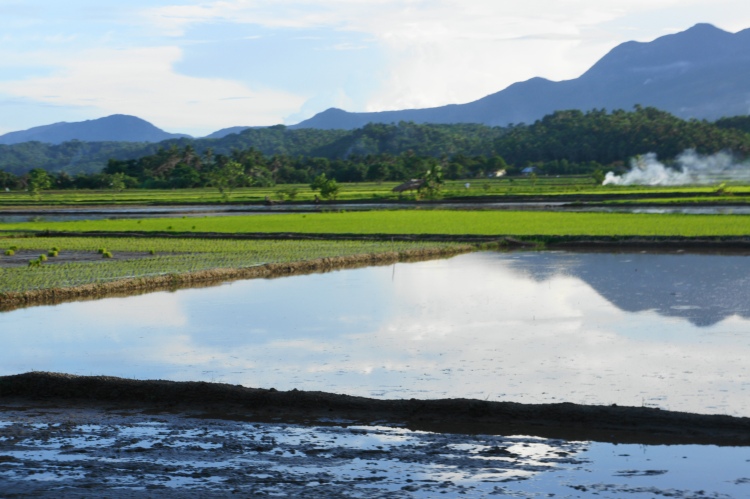
I was intrigued by a comment from a reader of a posted article about gumihan in a Philippine online site (Philippine.tambayan.com) that says: “Gumihan is a not-so-common fruit desired for its aromatic, fleshy and sweet taste. This tree grows well in Bicol, existing as natural stand. As there is no attempt to commercially propagate it this tree is fast vanishing. Compared to marang, a gumihan fruit is smaller but it tastes far superior to the former. We should save this tree species before it goes extinct.”
From another botanical site gumihan was also a recent topic. Derek Cabactulan a resource person and member of the plant id site, Co’s Digital Flora of the Philippines, also added: “According to CDFP from the old records, this tree is indigenous to Borneo, Philippines, Sulawesi, and Moluccas. LUZON: Quezon to Sorsogon, MINDORO, BILIRAN, SAMAR, MINDANAO. I think this tree is underutilized in some parts of our country. It is a good tree in the backyard that provide us food, shade and as ornamental backyard plant. Better save some seeds and gave those who were interested in planting this tree. It is a valuable ethno-agroforestry species.”
These interesting tidbits of information prompted me to test taste the fruit. Fortunately, the months of May and June to July is the fruiting season of the gumihan tree and ordering from Joseph a villager from Odikin was just a text (SMS) away. He brought four(4) ripe fruits from a gumihan tree not far from their house. “The fruits are just falling from the tree and anyone is welcome to partake of it. It is for free, ” Joseph told me. No wonder that no one is planting the gumihan. Sadly, fruit trees are only valued as an agricultural crop if the fruits are given monetary equivalent.

Gumihan fruits from Odikin, Bulusan, June 2014
In terms of appearance the gumihan looks like a small marang with scruffy hair (above photos). Its seeds are more packed and dense and less fleshy than marang fruits. It is devoid however of the heavy scent associated with marang. The downside of eating gumihan is you won’t feel full while eating and the jaw will become so heavily worked out. In the words of Joan a young mountain maiden familiar with the fruit: “mangangalay an imo panga ate sa kasusupsop (your jaw will get tired from sucking the pulp out of the seeds).” True enough, my jaw felt like it had been to a work out after finishing the four pieces of gumihan straight in one sitting.
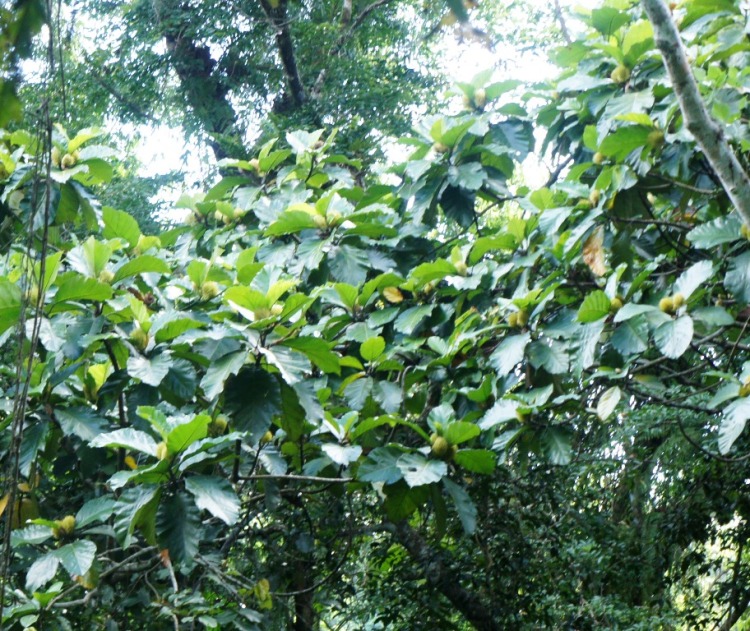
Wild grown and fruiting gumihan tree along the mountain trail of Kapangihan, an outlying mountain village of Bulusan.
Wild and delicious. The gumihan is an example of an underutilized endemic forest fruit tree that needs to be reintroduced and cultivated for future generations.
Gumihan’s scientific name is Artocarpus sericicarpus.
Photos: Alma P. Gamil
Bulusan, Sorsogon, Philippines
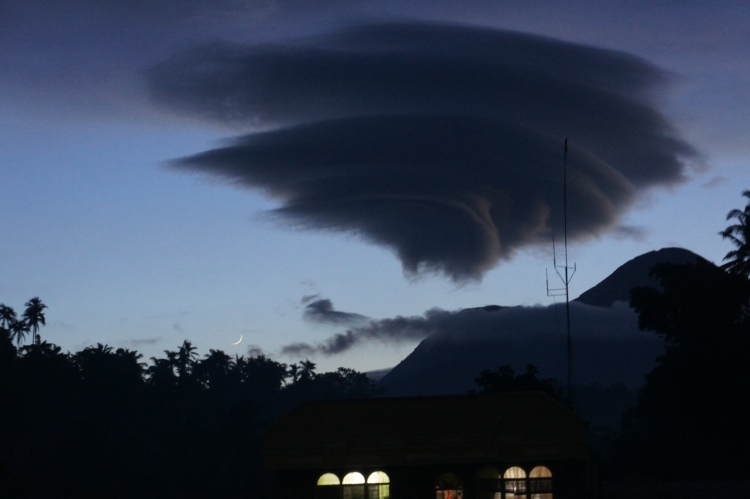

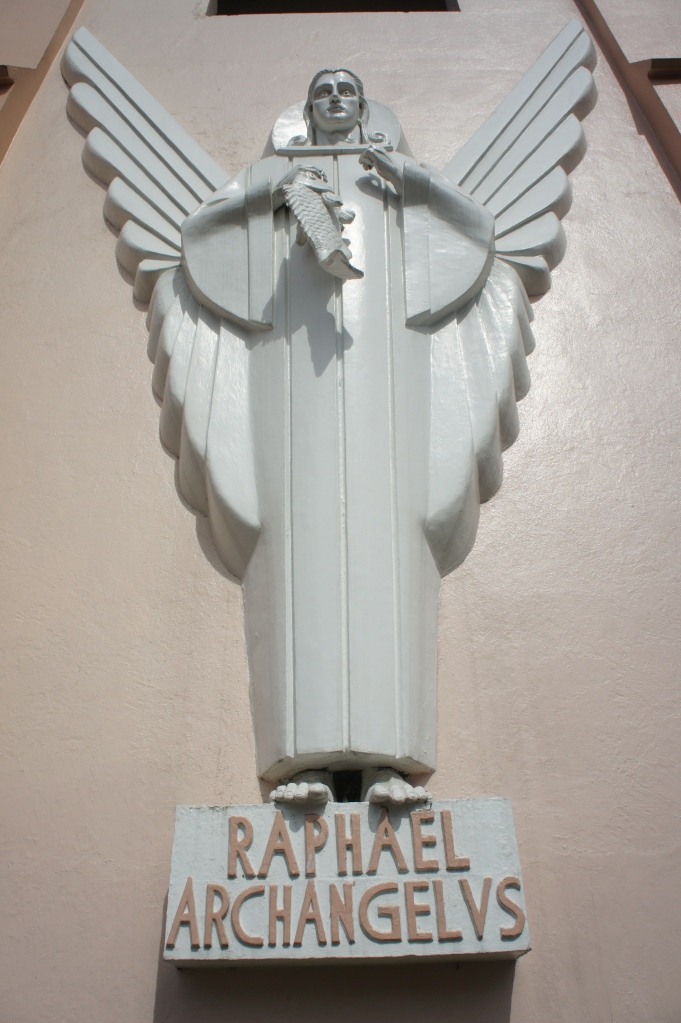
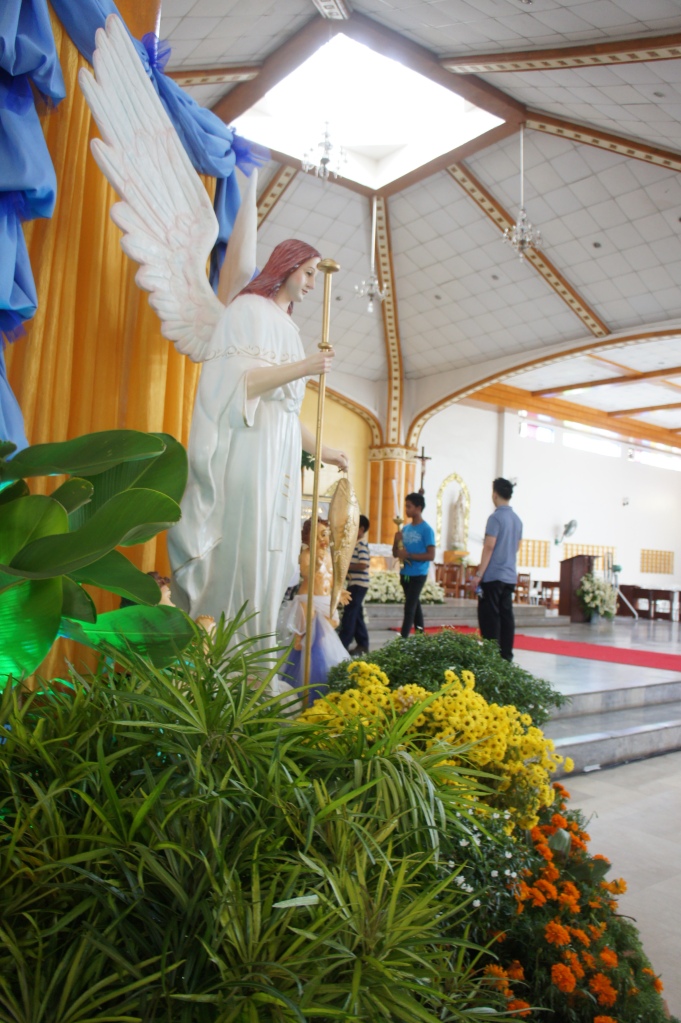
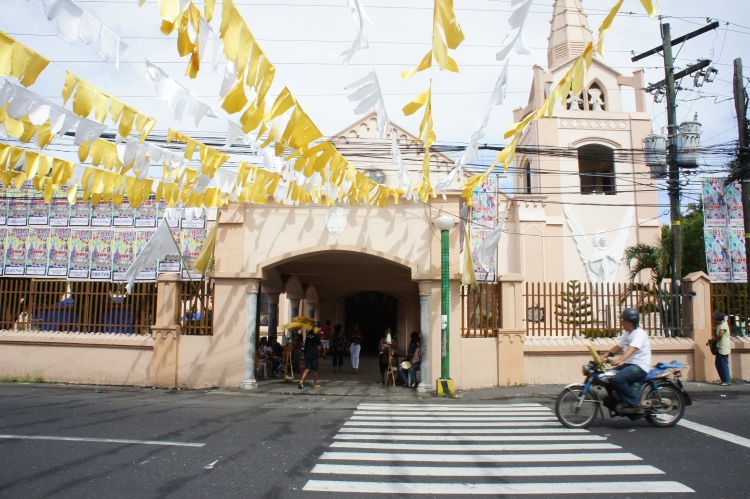


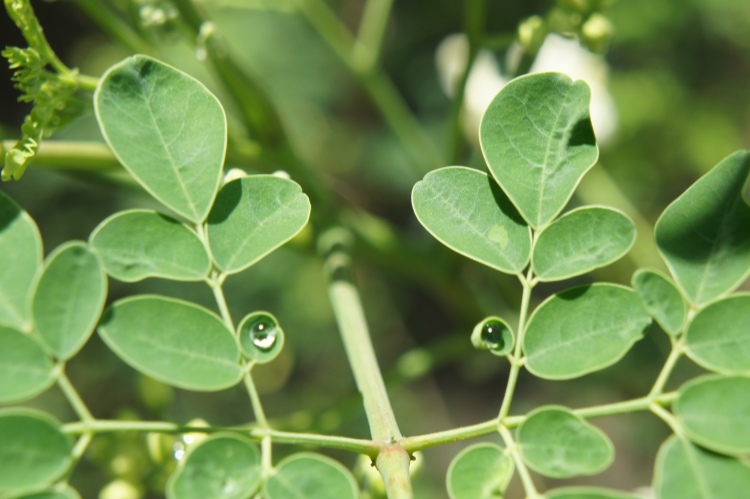























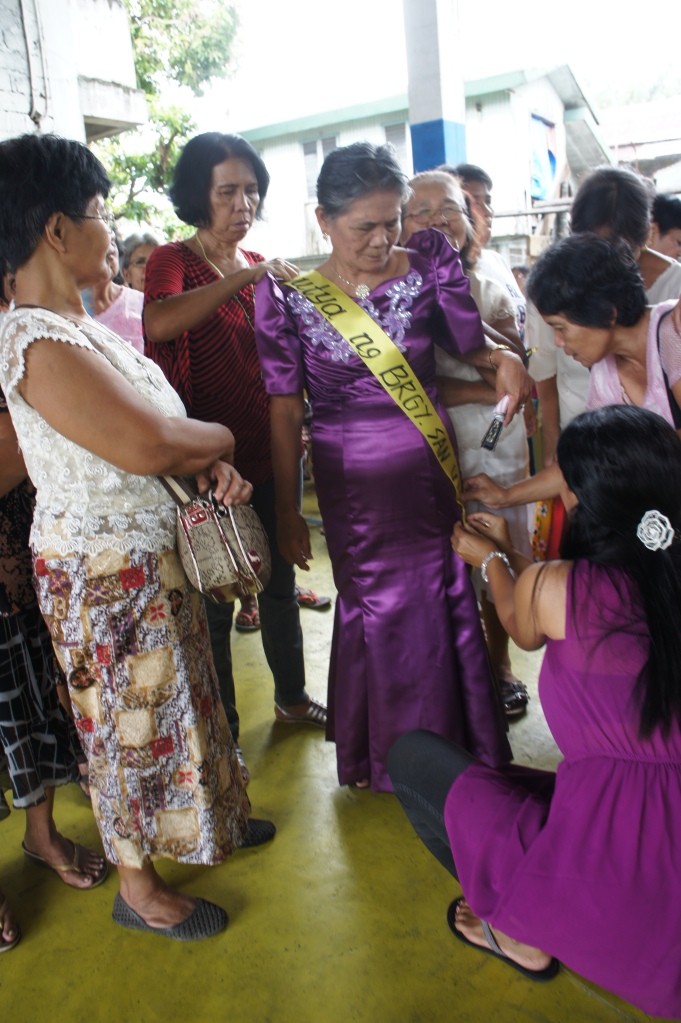















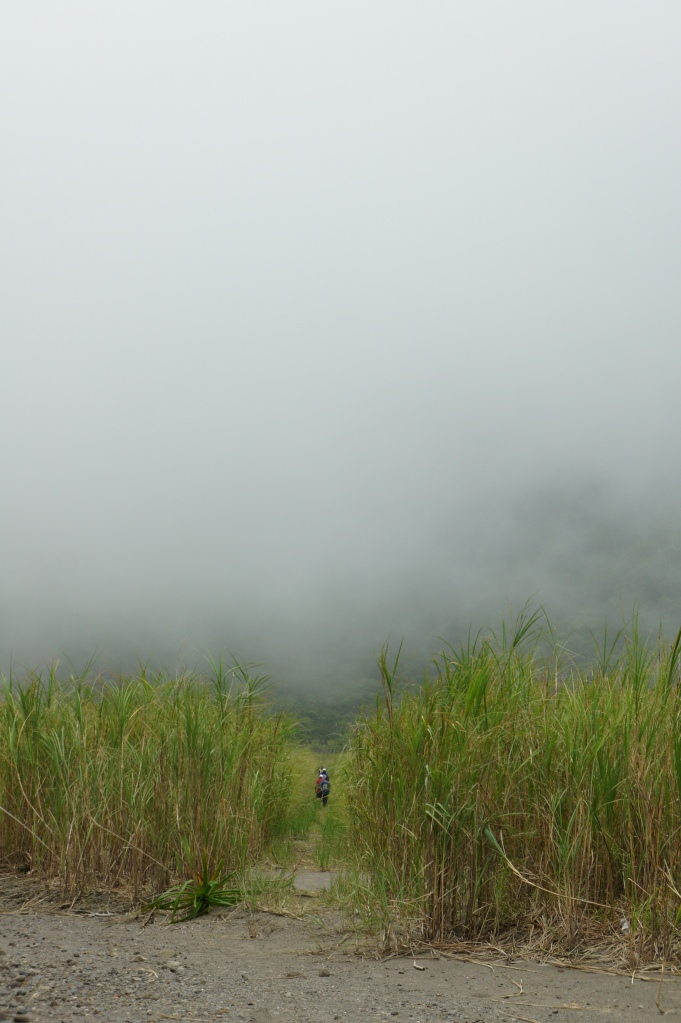
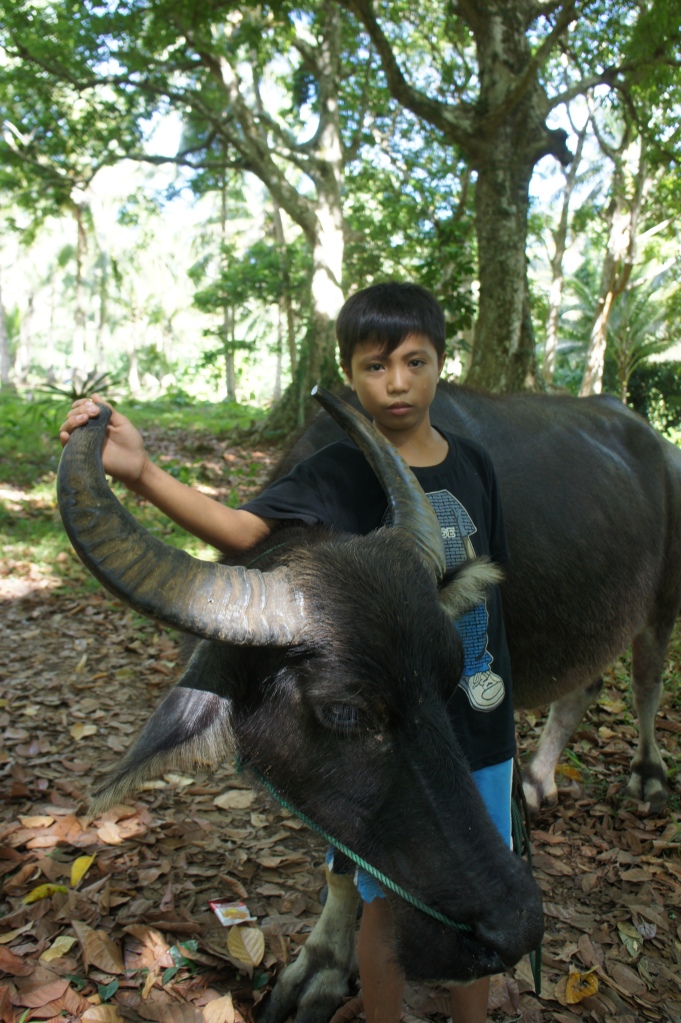

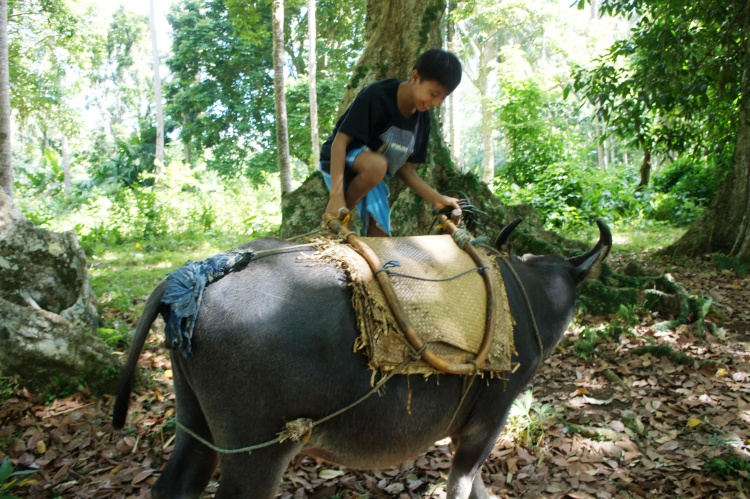
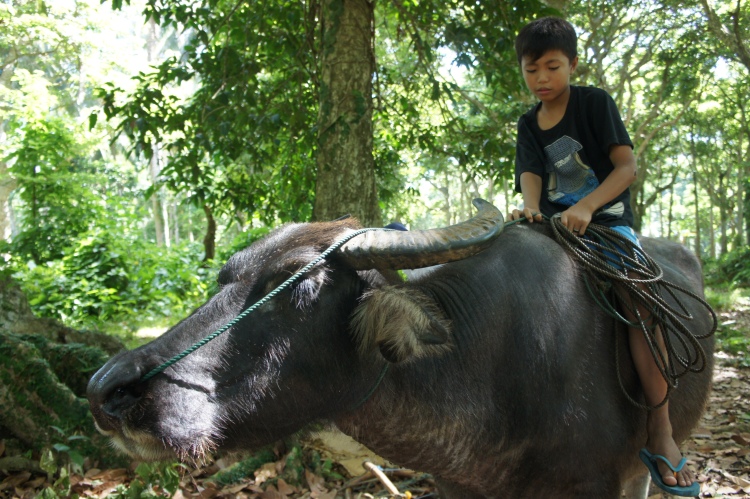
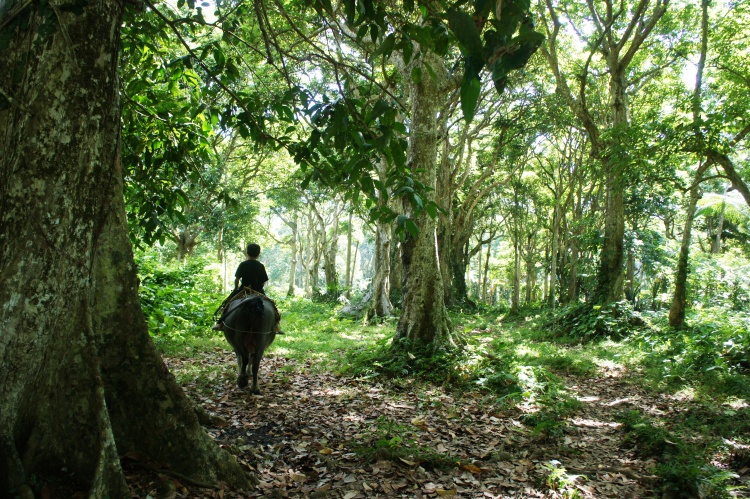



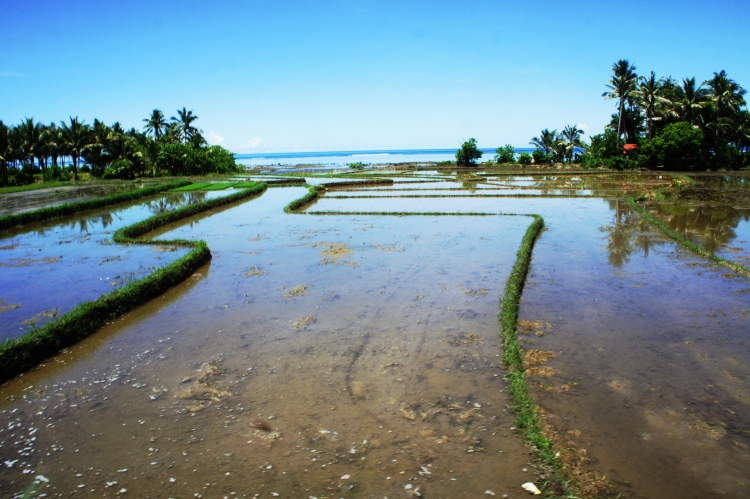
 How can I forget the passing and cycle of seasons? It is hard not to be mindful when the beauty of the landscapes of the countryside is the default mode. Its beauty assault I cannot ignore even if the glimpse will take only a second to snap from a passing jeepney. I have to be really fast during these shoots when I have to position my camera inside a running jeepney oftentimes myself occupying the front seat.
How can I forget the passing and cycle of seasons? It is hard not to be mindful when the beauty of the landscapes of the countryside is the default mode. Its beauty assault I cannot ignore even if the glimpse will take only a second to snap from a passing jeepney. I have to be really fast during these shoots when I have to position my camera inside a running jeepney oftentimes myself occupying the front seat.
